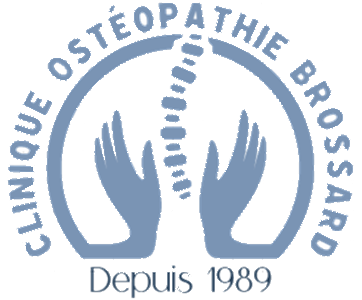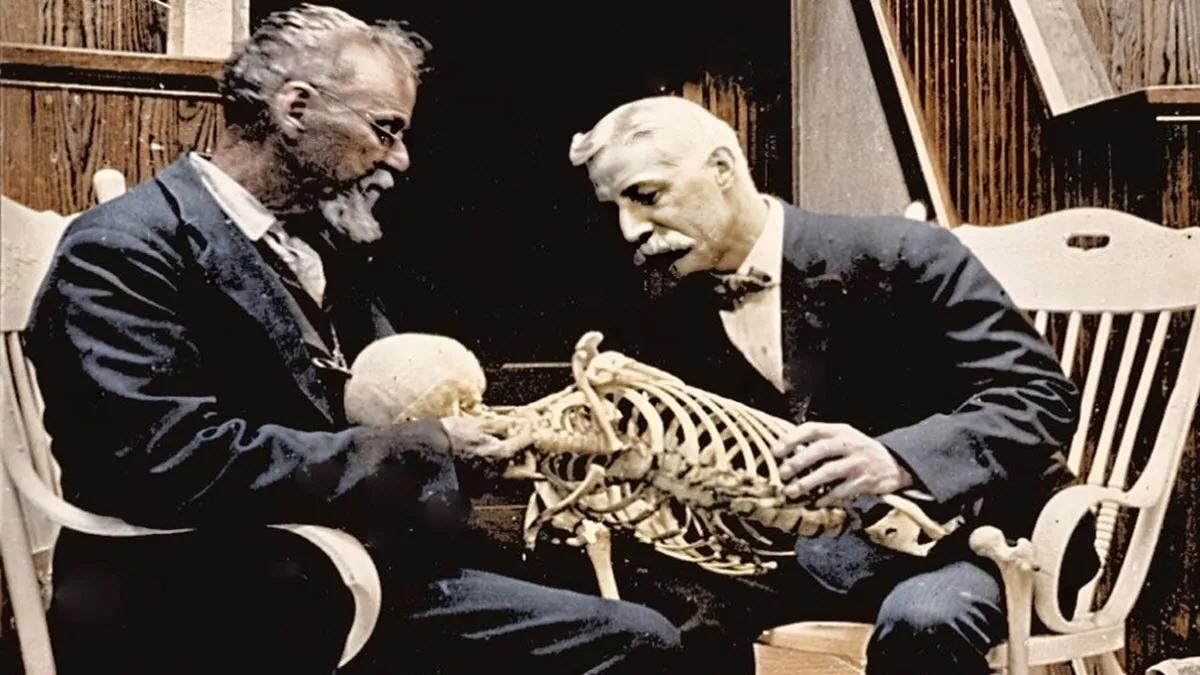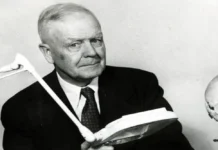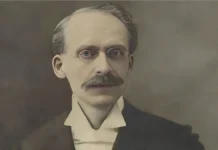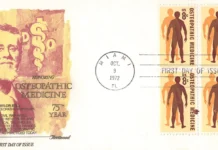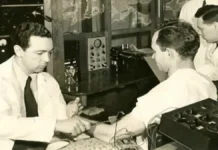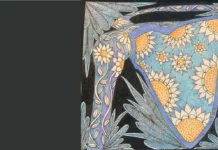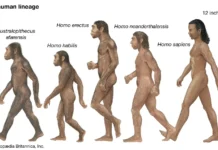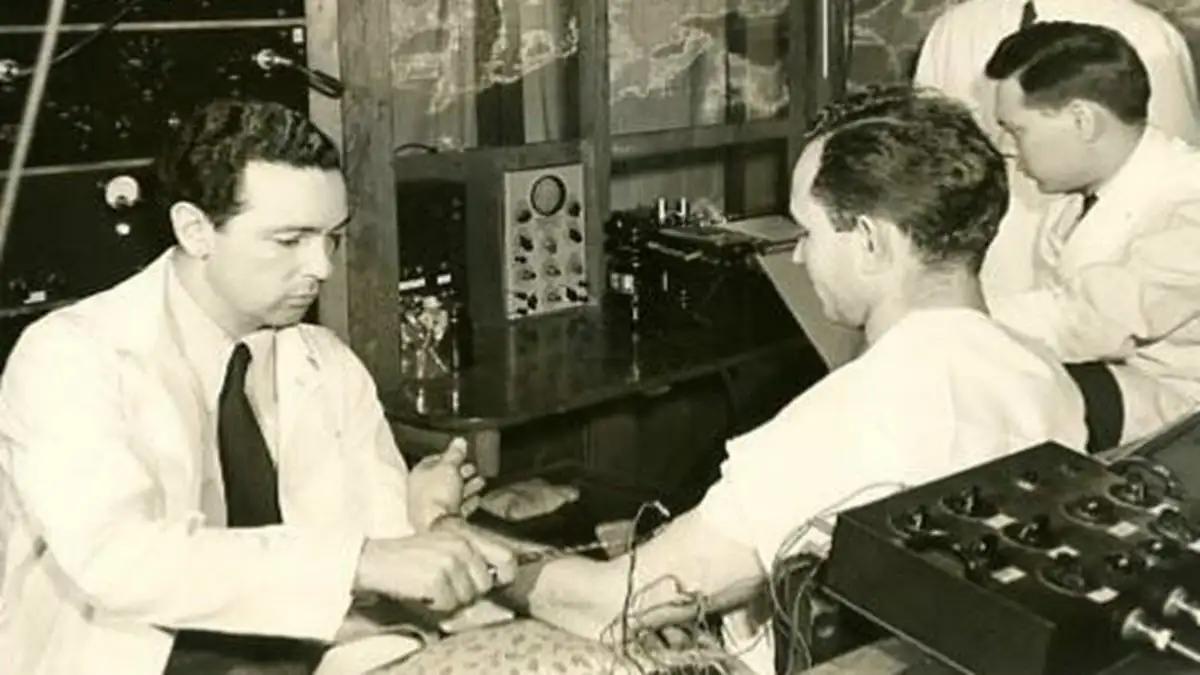Introduction
J. Martin Littlejohn II left an indelible mark on the history of osteopathy by determinedly continuing the legacy started by his father, John Martin Littlejohn. His impact has been significantly manifested in the areas of osteopathic education and research, playing a central role in the growth and progress of this discipline in the United Kingdom. Through his commitment and passion, he helped consolidate and expand the influence of osteopathy, leaving a lasting legacy for future generations of practitioners.
A Family Devoted to Osteopathy
J. Martin Littlejohn II, born in 1895, emerged into a family steeped in a deep devotion to osteopathy, where the practice was not simply a profession, but a true passion passed down from generation to generation. His father, John Martin Littlejohn, had already achieved a distinguished reputation as a pioneer of osteopathy, laying the solid foundations of this innovative discipline. It is within this family context rich in tradition and dedication that J. Martin Littlejohn II nourished his love for osteopathy and forged his unwavering commitment to its constant evolution.
From an early age, J. Martin Littlejohn II witnessed the transformative impact of osteopathy on the health and well-being of individuals, an experience that profoundly impacted his journey. Guided by his father’s legacy and inspired by the vision of contributing to the advancement of osteopathy, he chose to devote his life to this discipline, becoming himself a key player in its development.
His educational journey was marked by a deep desire for understanding and expanding osteopathic knowledge. J. Martin Littlejohn II followed in his father’s footsteps by immersing himself in extensive study, expanding his skills and expertise. His incessant quest for knowledge has led him to explore new perspectives, thereby fostering innovation and growth in the field of osteopathy.
J. Martin Littlejohn II’s major impact was seen in his central role in osteopathic education and research in the United Kingdom. As a prominent figure, he has contributed significantly to the expansion of knowledge in the field, training the next generation of practitioners and influencing the trajectory of osteopathy as a whole. His dedication to the transmission of knowledge and the training of competent professionals has left an indelible mark on the osteopathic educational landscape.
J. Martin Littlejohn II’s legacy extends beyond his educational achievements. His influence also extends to the sphere of osteopathic research, where he has been instrumental in promoting innovation and scientific rigor. His work has opened new perspectives, laying the foundations for new approaches and methodologies in the field.
Thus, the life of J. Martin Littlejohn II represents an essential chapter in the history of osteopathy, highlighting the power of family devotion and personal commitment in the pursuit of excellence. His legacy continues to guide and inspire future generations of osteopaths, continuing a family tradition dedicated to the continuous improvement of health and well-being through osteopathy.
Continue the Father’s Work
Continuing his exceptional career in osteopathy, J. Martin Littlejohn II has brilliantly shaped his legacy by continuing his father’s work with boundless passion. With a degree in osteopathy, he quickly emerged as a leader in the field of education, striving to convey fundamental principles while introducing educational innovations.
His commitment to osteopathic education has been a critical catalyst in expanding understanding and acceptance of this discipline. Under his enlightened leadership, new generations of osteopaths were trained, imbued with his family heritage and guided by his unwavering concern for academic excellence.
J. Martin Littlejohn II brought new energy to the educational landscape by striking a careful balance between tradition and innovation. His visionary leadership has allowed students to benefit from an education rooted in the classic foundations of osteopathy, while being exposed to the latest advances and contemporary approaches. This holistic approach has forged professionals with a comprehensive and informed vision, ready to meet the dynamic challenges of the ever-changing medical field.
As a pioneer in osteopathic education, J. Martin Littlejohn II left an indelible mark on the academic landscape of the discipline. Beyond the transmission of knowledge, it has cultivated an educational environment promoting intellectual curiosity, creativity and the constant search for improvement. His philosophy encouraged students to question conventions, explore new paths and actively contribute to the continued evolution of osteopathy as a medical discipline in its own right.
Thus, the educational career of J. Martin Littlejohn II was an inspiring celebration of the continuation of his father’s work. His unwavering dedication to osteopathy, thought leadership and lasting legacy continue to positively influence future generations of osteopaths. His impact transcends time, and his contribution to the evolution of the profession remains a source of inspiration for those who aspire to follow in his footsteps.
The Emergence of Osteopathic Research
J. Martin Littlejohn II played an undeniably crucial role in the promotion and development of osteopathic research, thus marking a significant step in the evolution of this medical discipline. His keen understanding of the importance of research as a fundamental pillar for legitimizing and advancing the profession has shaped his vision and guided his actions.
Aware that research constitutes the foundation on which the credibility of osteopathy rests, J. Martin Littlejohn II has demonstrated an unwavering commitment to its development. Under his enlightened leadership, research initiatives were encouraged and facilitated, aimed at deepening the understanding of the mechanisms underlying osteopathy. In doing so, he helped raise the level of the discipline, providing it with a solid scientific basis.
Studies conducted under the aegis of J. Martin Littlejohn II have transcended the boundaries of existing knowledge, making substantial contributions to the understanding of osteopathic principles. By encouraging rigorous research, he fostered the emergence of a more scientific approach to osteopathy, thereby strengthening its status as a respected medical discipline.
The impact of his commitment to osteopathic research has also been felt beyond academic circles. By broadening the field of knowledge, J. Martin Littlejohn II helped to demystify osteopathy for the general public and other medical professions. This approach not only strengthened the credibility of the discipline, but also laid the foundations for interdisciplinary collaboration, promoting a better understanding and integration of osteopathy into the global medical landscape.
Thus, J. Martin Littlejohn II made an invaluable contribution to the evolution of osteopathic research. His commitment to the scientific development of the discipline left a lasting legacy, consolidating the place of osteopathy in the medical field. Through his enlightened vision and dedication to the advancement of knowledge, he paved the way for a new era for osteopathy, enriching its theoretical basis and strengthening its positive impact on the health and well-being of individuals.
A Revealing Anecdote
An anecdote illustrating J. Martin Littlejohn II’s commitment concerns the creation of an innovative osteopathic education program. Recognizing the rapid evolution of medical practices and the importance of staying on the cutting edge, he introduced courses integrating knowledge of anatomy, physiology and neurology, providing students with a more holistic understanding of the human body.
This initiative initially aroused resistance, but it turned out to be a decisive step towards osteopathy more integrated into the medical landscape. Thus, J. Martin Littlejohn II demonstrated his forward-thinking vision and commitment to the constant improvement of osteopathic education.
Across the Atlantic: Dr. Littlejohn’s Journey to Osteopathy in the United States
Dr. Martin Littlejohn ventured to the United States in 1892, pursuing a doctorate at Columbia University in New York. Subsequently named president of Amity College in Iowa, his meeting with Dr. Still in 1897 sparked a transformative journey in the field of osteopathy.
Impressed by Dr. Still’s work, Dr. Littlejohn abandoned his secure position, moving to Kirksville to study osteopathy. Despite his rise to the position of dean of faculty at the American School of Osteopathy, disagreements with Dr. Still emerged regarding the vision of osteopathy. The Littlejohns aspired to its integration into mainstream medical education, an idea at odds with Dr. Still’s philosophy.
The conflict led to their resignation in 1899. Dr. Littlejohn and his brothers then founded the American College of Osteopathic Medicine and Surgery in Chicago in 1900. Differences between the brothers ultimately led to their separation in 1913.
Returning to Britain, Dr. Littlejohn faced opposition to establish the British School of Osteopathy in 1917. Despite his advocacy of integration with conventional medicine, resistance from the British medical establishment resulted in an approach focused solely on manipulation.
Dr. Littlejohn’s journey highlights the dynamic evolution of osteopathy, from disagreements in the United States to innovative efforts in Britain, leaving a lasting imprint on the profession.
Legacy and Impact
The premature departure of J. Martin Littlejohn II in 1947 marked the conclusion of an exceptional era, but his legacy remains an inexhaustible source of inspiration and guidance. His undeniable influence played a vital role in establishing the legitimacy and respect of osteopathy as a medical discipline in the United Kingdom.
Through his exceptional contributions, J. Martin Littlejohn II was crucial to the official recognition of osteopathy. Today, osteopathic schools across the UK continue this legacy by providing quality education, firmly rooted in the principles established by this visionary pioneer. The imprint of J. Martin Littlejohn II is found in the educational programs which favor a scientific approach and an in-depth understanding of the foundations of osteopathy.
The influence of J. Martin Littlejohn II is not limited to his era, it transcends time to guide contemporary and future generations of osteopaths. His dedication to the advancement of the profession continues to inspire those who embrace the osteopathic career. The educational, scientific, and ethical principles he instilled created a lasting legacy that remains central to the training of today’s practitioners.
Reflecting on the legacy left by J. Martin Littlejohn II, it is evident that his impact extends beyond the simple recognition of osteopathy in the United Kingdom. He laid the foundations of a respected medical discipline, shaping the way osteopathic professionals are trained and influencing the overall perception of this practice within the medical landscape.
So, although his life was tragically cut short, J. Martin Littlejohn II remains an immortal figure in the history of osteopathy in the United Kingdom. His legacy continues to light the path of the profession, making him not only a revered pioneer, but also a timeless guide to all who embark on the path of osteopathy.

